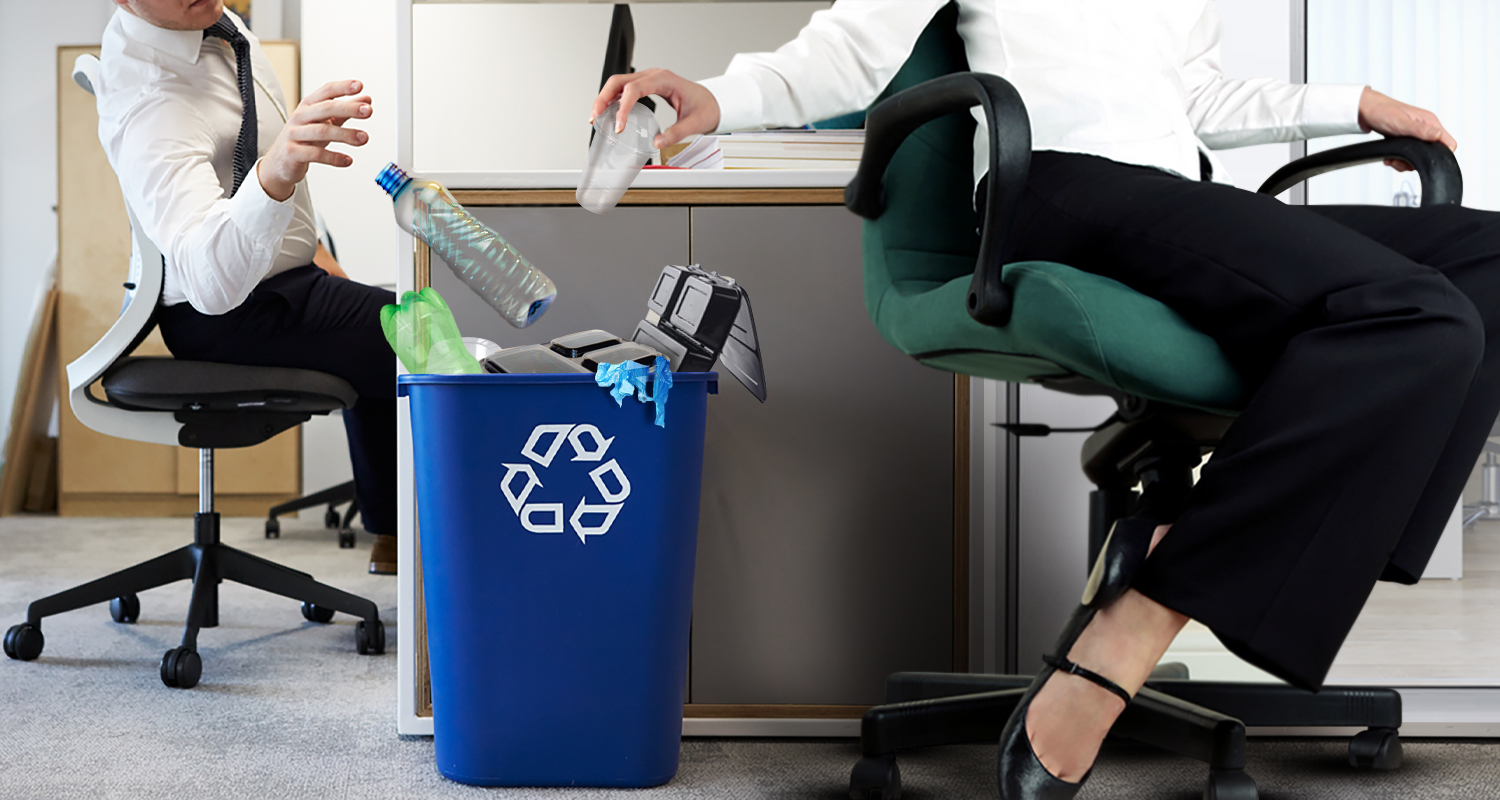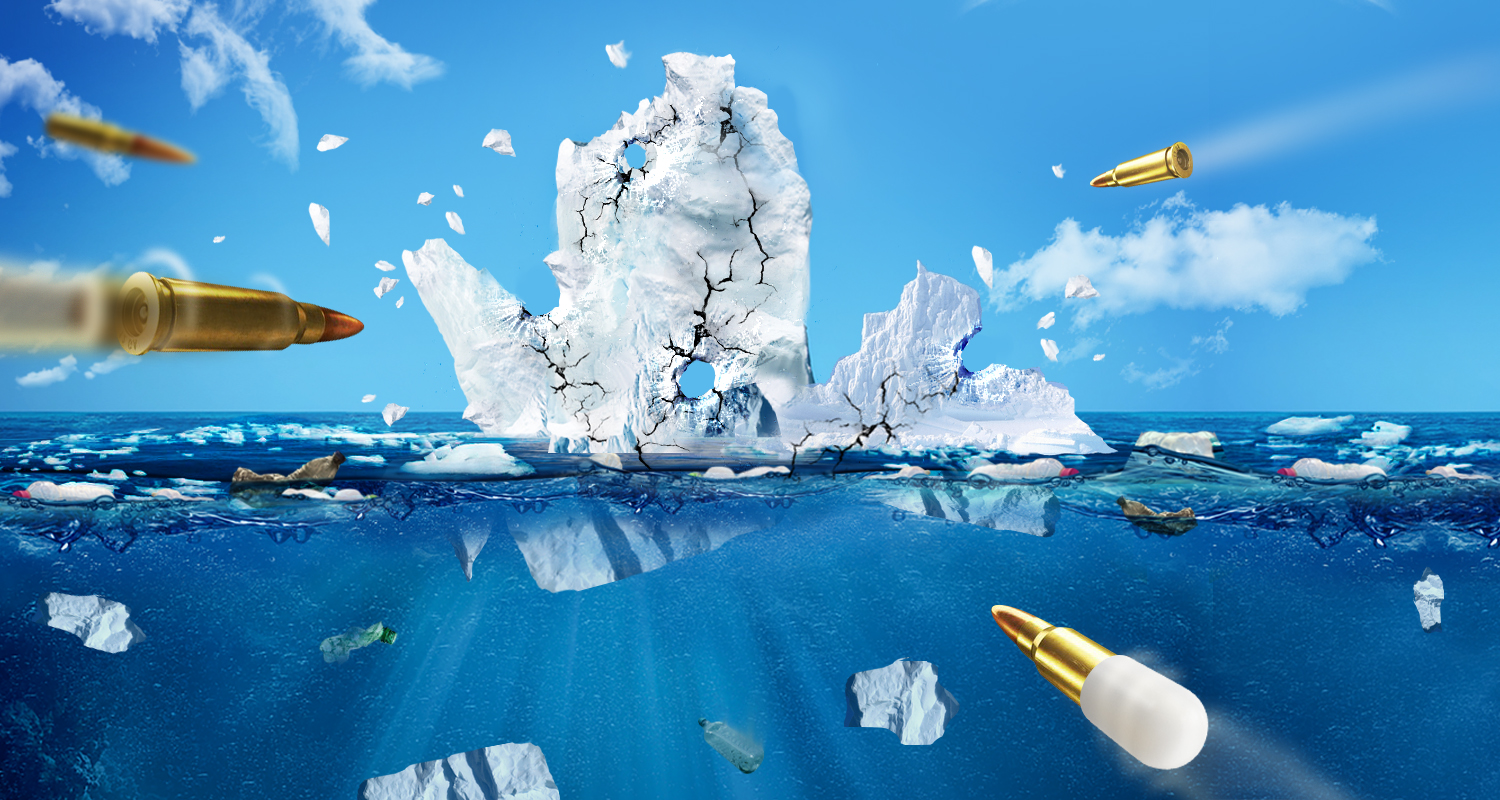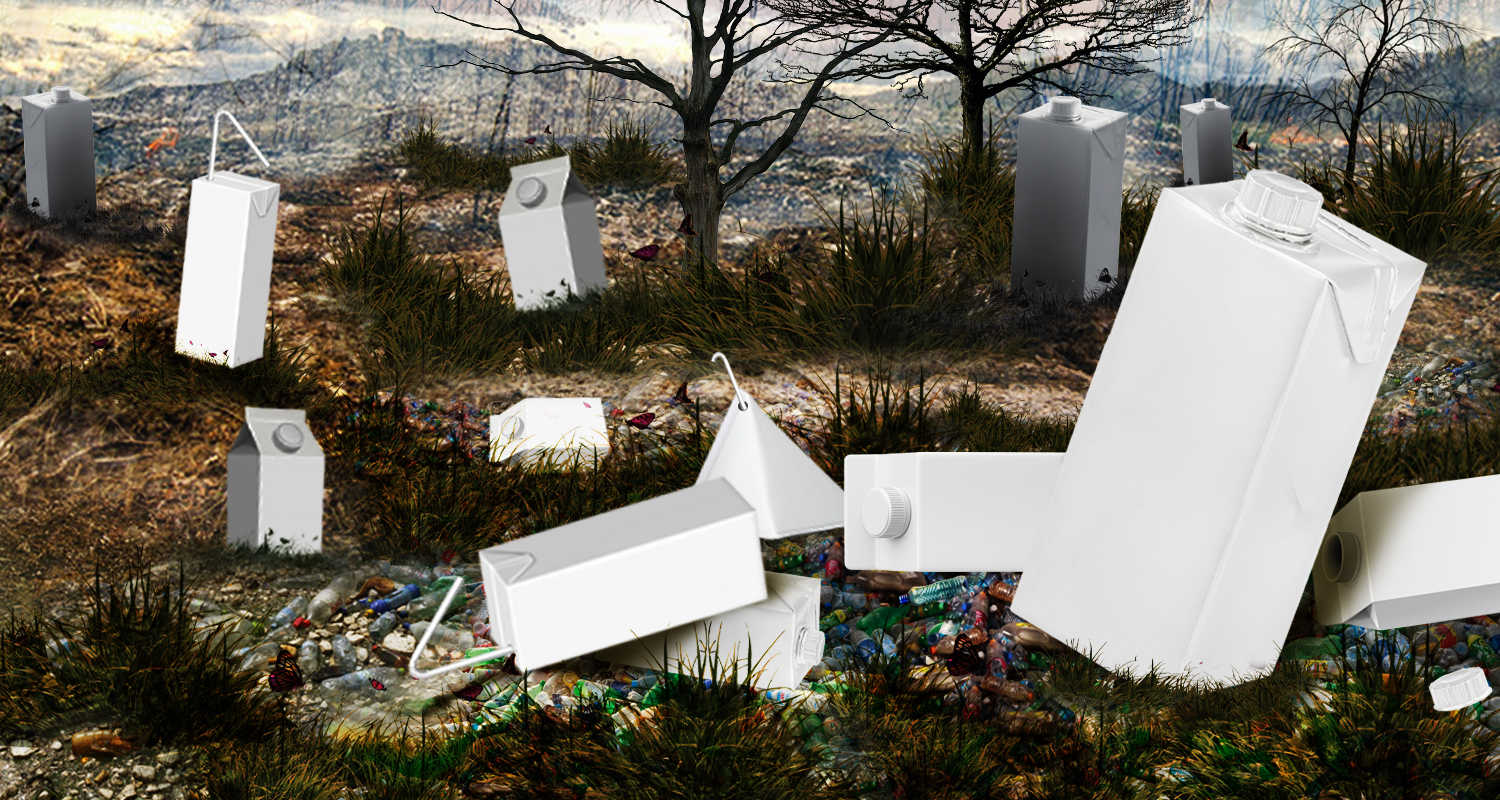While the government is in the process of banning single-use plastic
products, multilayered plastics used for packing FMCG products will
still be around in the foreseeable future.
Though the industry missed the initial deadline to phase out multi-layered
packaging material in 2018, collective efforts to address this specific waste
management issue is still missing.
In the absence of suitable alternate materials for packing FMCG products,
multilayered plastic continues to be commonly used in packaging most of the
FMCG products including snacks, biscuits, candy, tea powder, coffee powder,
edible oil, etc.
In the last five years, the Indian plastic packaging industry has grown around
20 percent CAGR and is estimated to achieve $32 billion annual turnover by
2025. Around three-fourth of this market will belong to packaging FMCG,
which should be a concern not only for the government but also for us.


